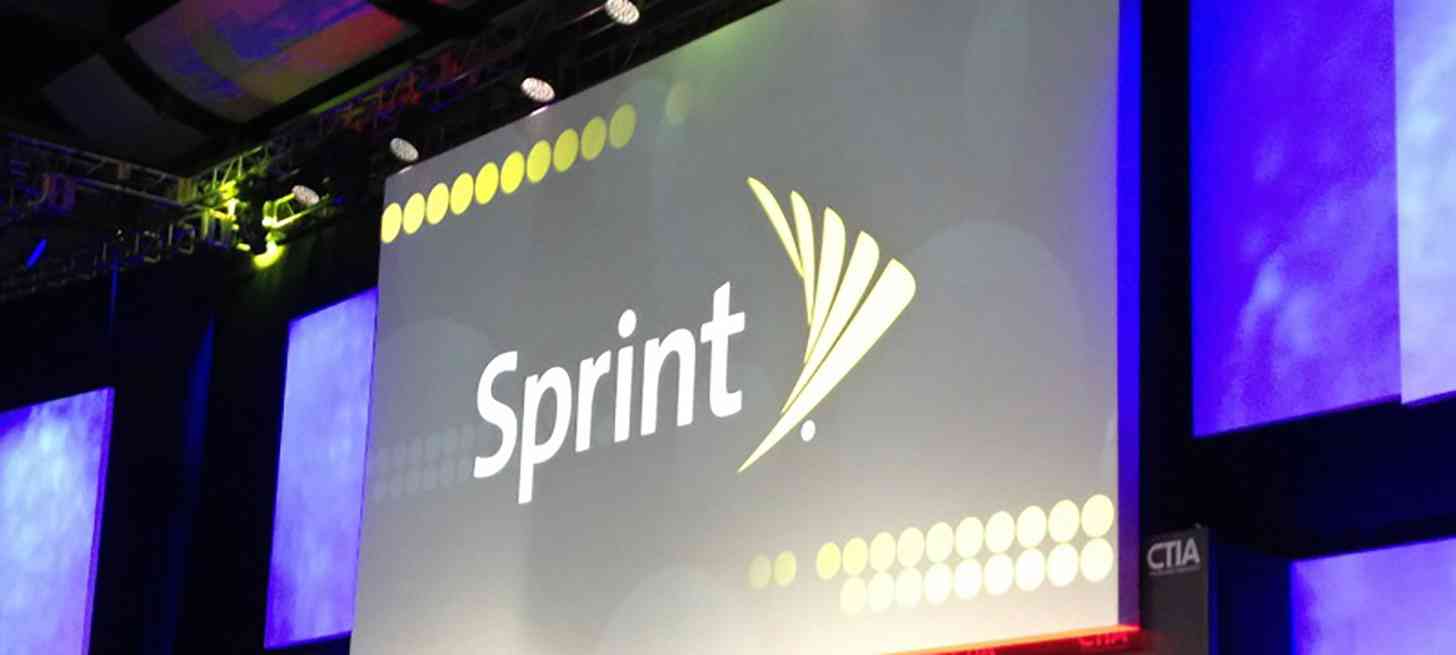
Ever since Marcelo Claure took over Sprint, the big yellow carrier has focused on #gettingbettereveryday, an effort that includes network improvements. Now Claure has made a bold statement on just on much better Sprint is going to get.
Speaking at the Code Conference, Sprint CEO Marcelo Claure said that in 18 to 24 months, his carrier’s network “will be No. 1 [or] 2.” Sprint is currently the third-largest network in the U.S. and recently finished third in research firm RootMetric’s national testing. Claure likened Sprint to a sick patient when he took over in late 2014, but he says that he now feels that his patient is “stable.”
When asked about how Sprint will make its network number one or two in the U.S., Claure said that he’s been working with Masayoshi Son, CEO of major Sprint investor SoftBank, on how to improve the coverage. Claure also explained that Sprint has SoftBank’s backing and a “clear funding plan.”
Sprint’s been putting a lot of work into expanding its Spark LTE coverage and improving its network lately, which is exciting news for anyone that’s already on the big yellow network or is thinking about switching to take advantage of deals like Cut Your Bill In Half. And while Sprint could improve its service quite a bit in 18 to 24 months, becoming the number one or two network could be a tall order. Verizon often touts its coverage and network quality, and both Verizon and AT&T finished several points ahead of Sprint in that aforementioned RootMetrics report. And both Verizon and AT&T are sure to work on improving their own network over the next one to two years, meaning that Sprint is going to have to work that much harder on its own.
Claure also touched on unlimited data, a feature that used to be widespread but has been dropped by several carriers recently. Sprint still offers unlimited data plans, but Claure cautioned that they may not be around forever. He explained that as Sprint continues to improve its network, it may have to either raise the prices of unlimited data plans or just axe them altogether, especially if users start increasingly consume more data by doing things like streaming video over cellular.